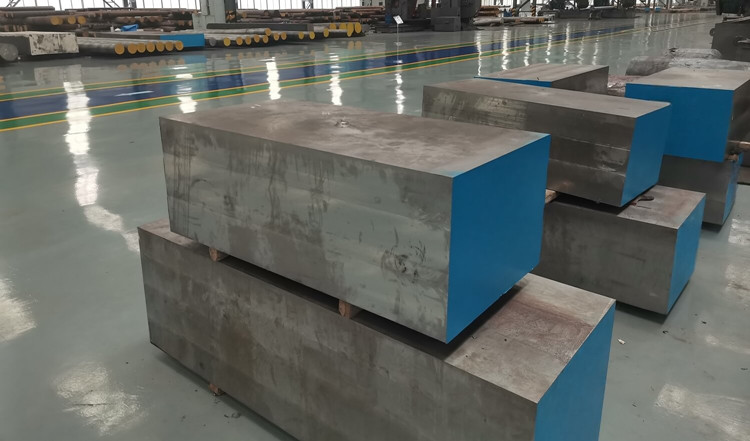- tyler@kirail.com
- +86 15603721115
Forging materials mainly include carbon steel and alloy steel, followed by aluminum, magnesium, copper, titanium and their alloys. The original states of forging materials include bars, ingots, metal powders and liquid metals.

1. Generally, small and medium-sized forgings are made of round or square bars. The bar has uniform grain structure, good mechanical properties, accurate shape and size, good surface quality, and is easy to mass produce. As long as the heating temperature and deformation conditions are reasonably controlled, excellent forgings can be forged without large forging deformation.
2. Ingots are only used for large forgings. Ingots are cast structures with large columnar crystals and loose centers. Therefore, the columnar crystals must be broken into fine grains through large plastic deformation and loosely pressed to obtain excellent metal structure and mechanical properties.
3. Powder forging is to press and sinter the prefabricated powder metallurgy preforms in a hot state, and then make them through a die forging process without flanging. The density of forging powder is close to that of ordinary die forgings, with good mechanical properties and high precision, which can reduce subsequent cutting processing. The internal structure of powder forgings is uniform and without segregation, and can be used to manufacture small gears and other workpieces. However, the price of powder is much higher than that of ordinary bars, which limits its application in production.
4. Apply static pressure to the liquid metal poured in the die cavity, so that it solidifies, crystallizes, flows, plastically deforms and forms under pressure, thereby obtaining die forgings with the required shape and performance. Liquid metal die forging is a forming method between die casting and die forging, and is particularly suitable for complex thin-walled parts that are difficult to form by ordinary die forging.
5. Forging materials In addition to common materials, such as carbon steel and alloy steel of various compositions, aluminum, magnesium, copper, titanium and its alloys, iron-based high-temperature alloys, nickel-based high-temperature alloys, cobalt-based high-temperature alloys and other deformed alloys are also processed by forging or rolling. However, these alloys have a relatively narrow plastic zone, so the forging difficulty will be relatively large. There are strict requirements for the heating temperature, start forging temperature and final forging temperature of different materials.